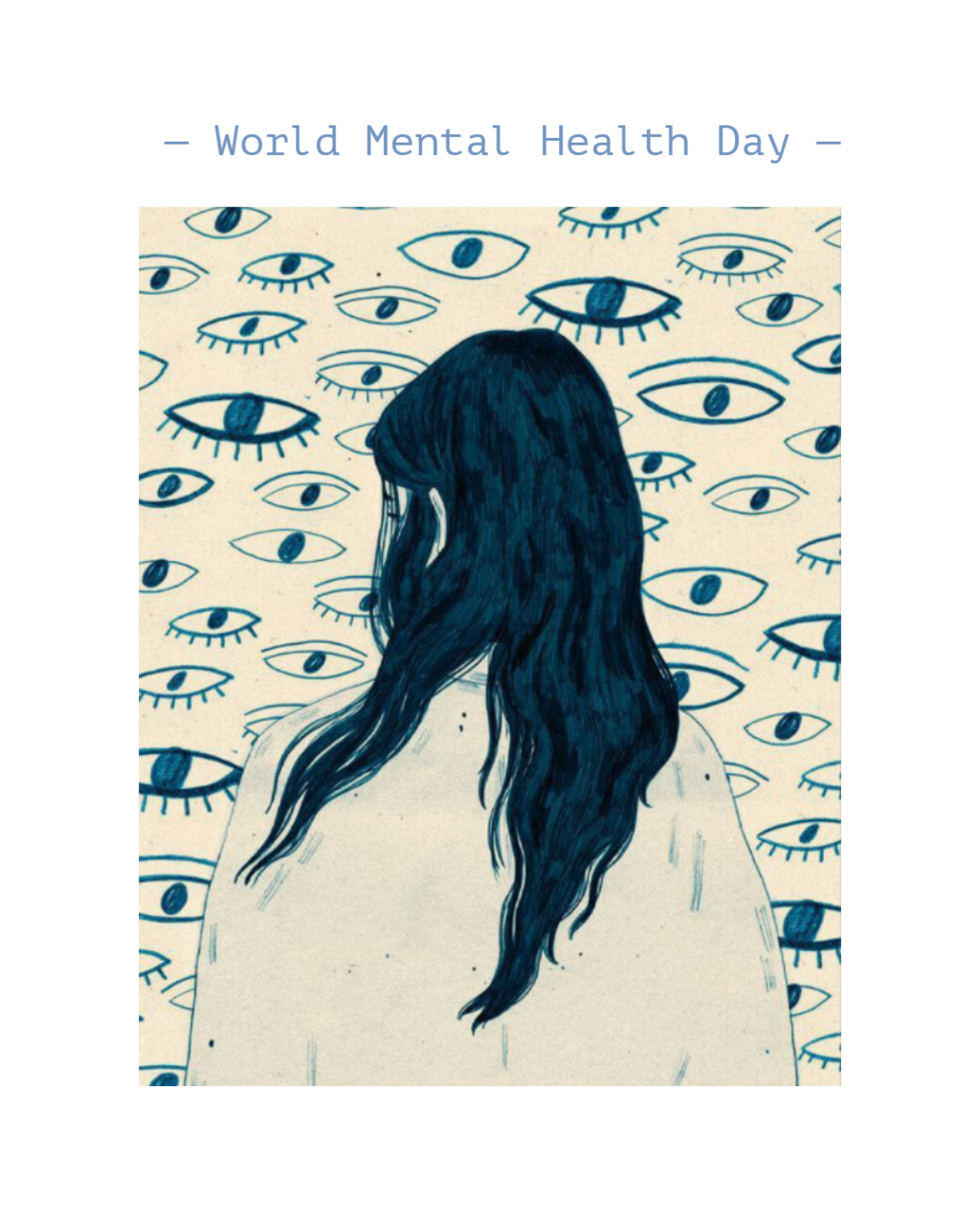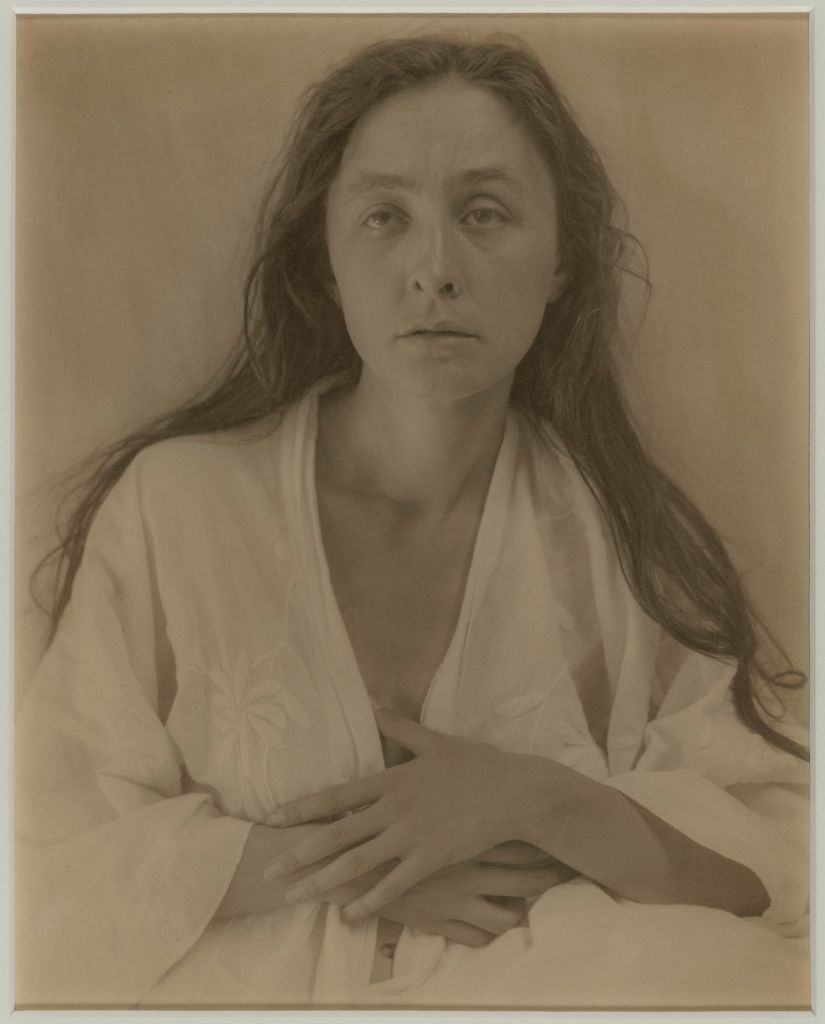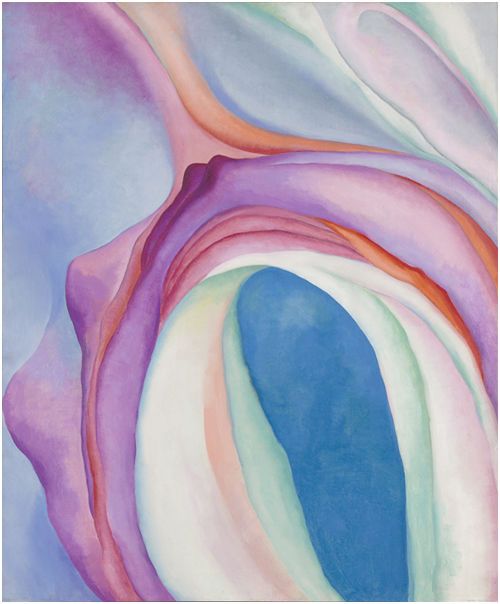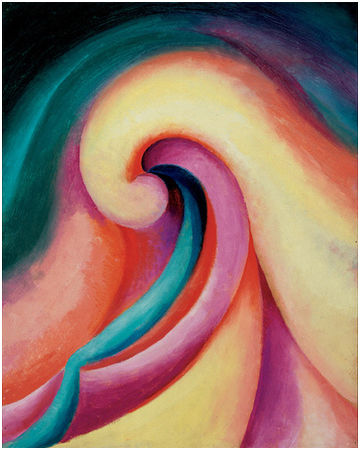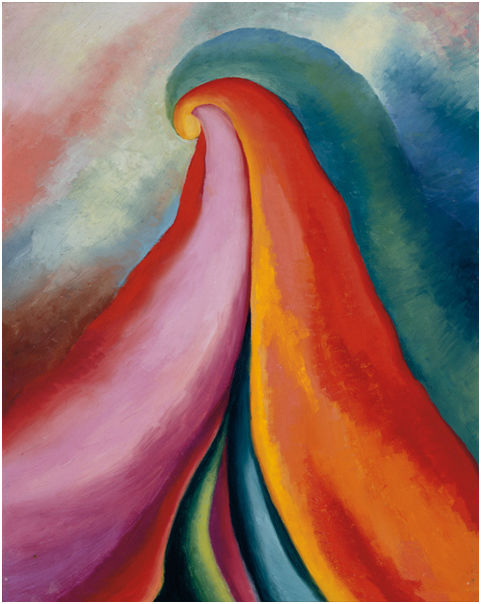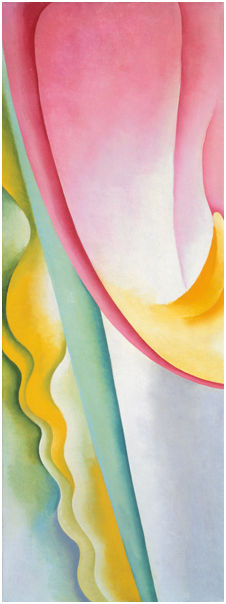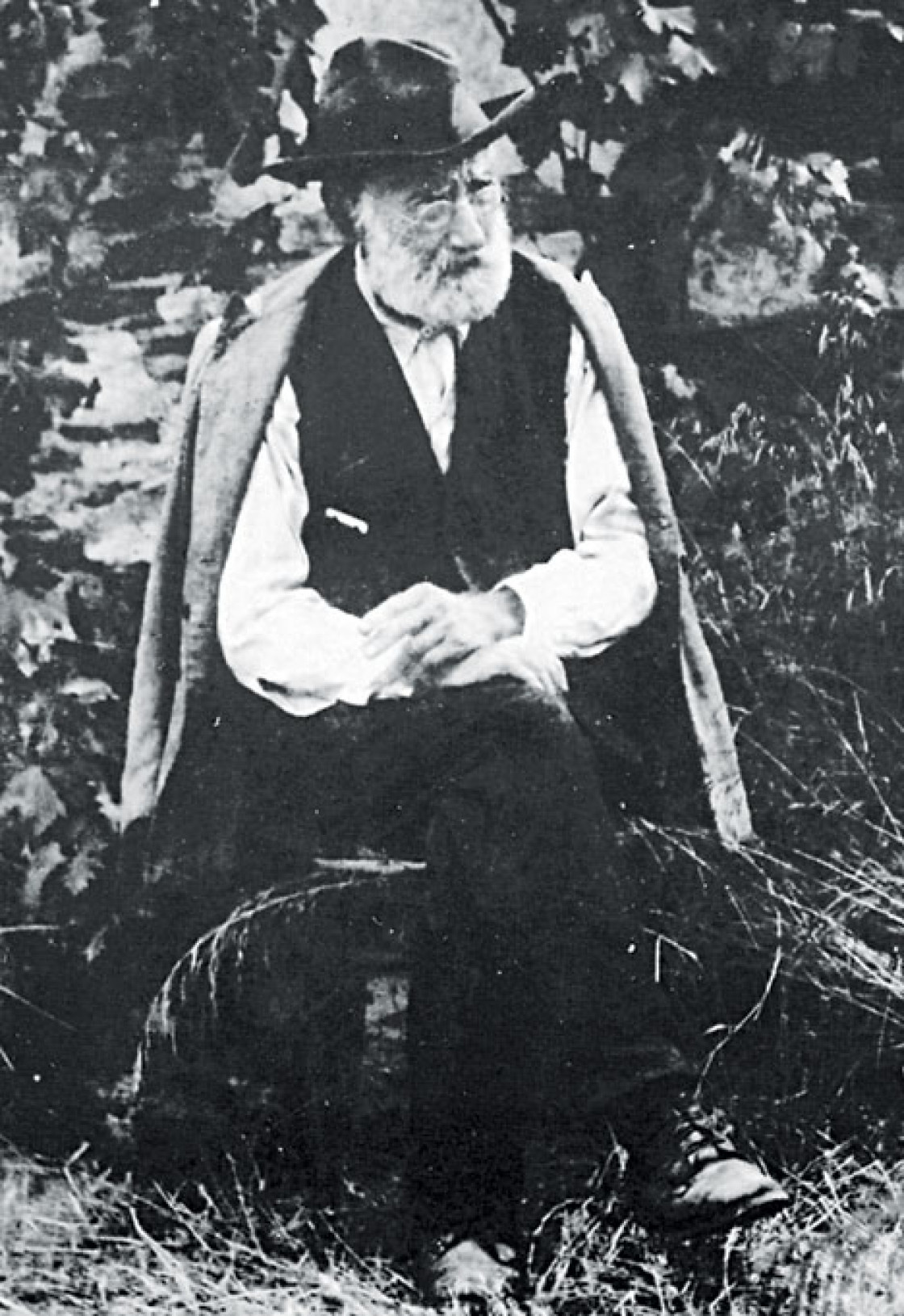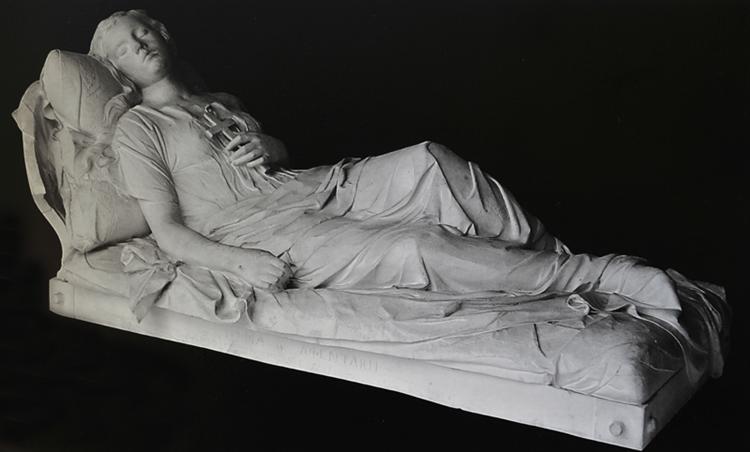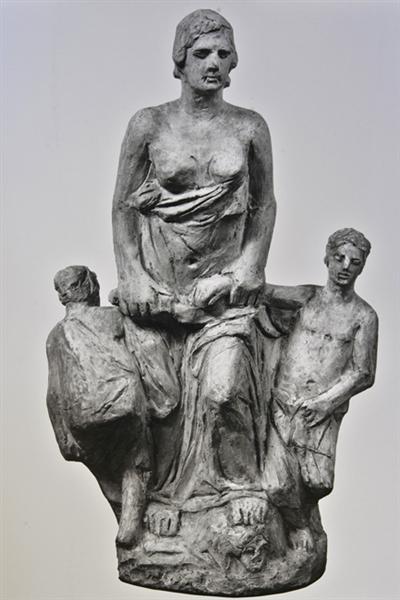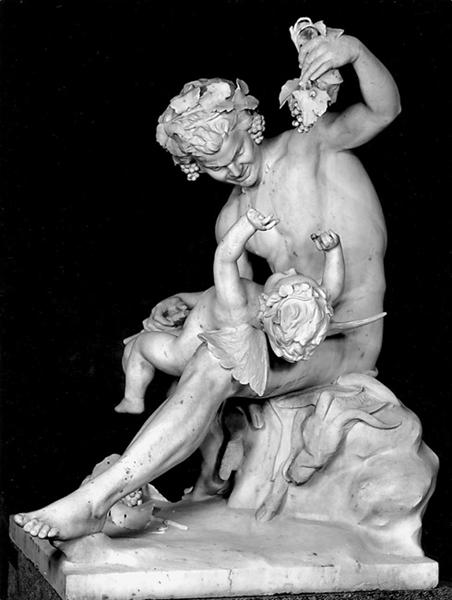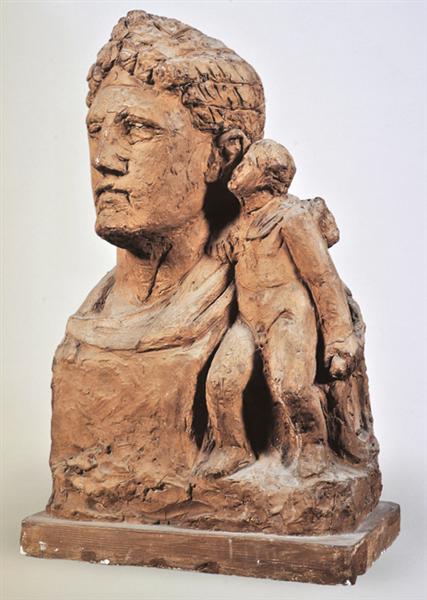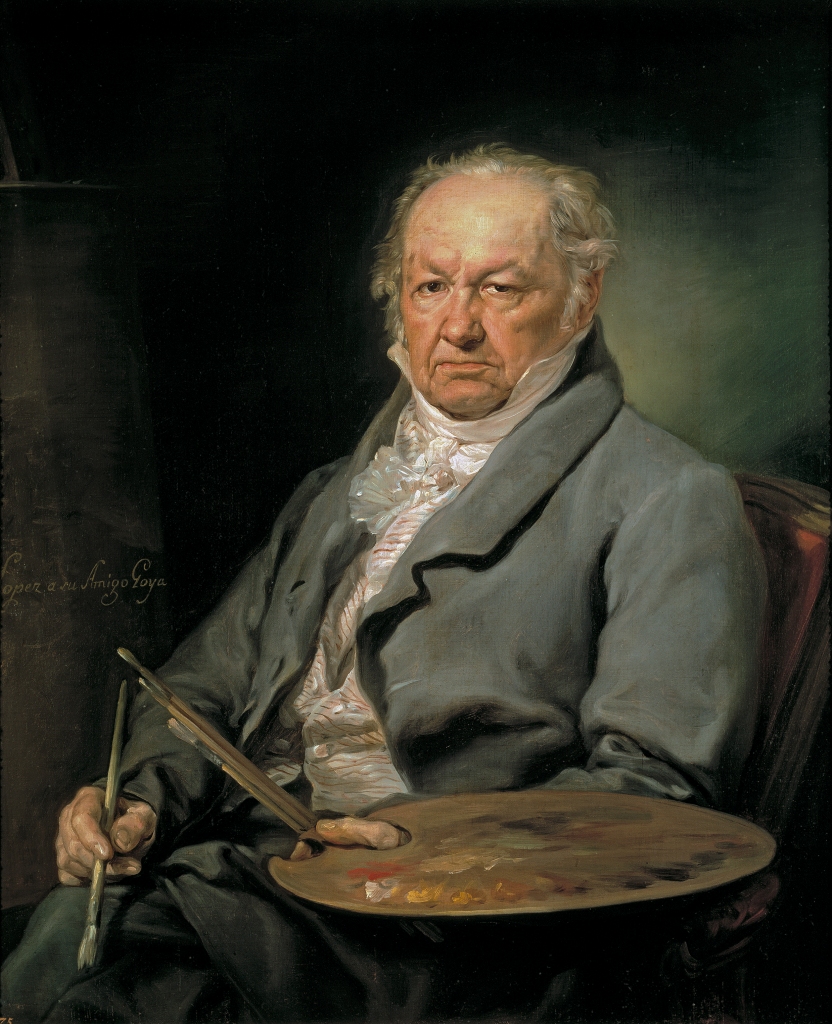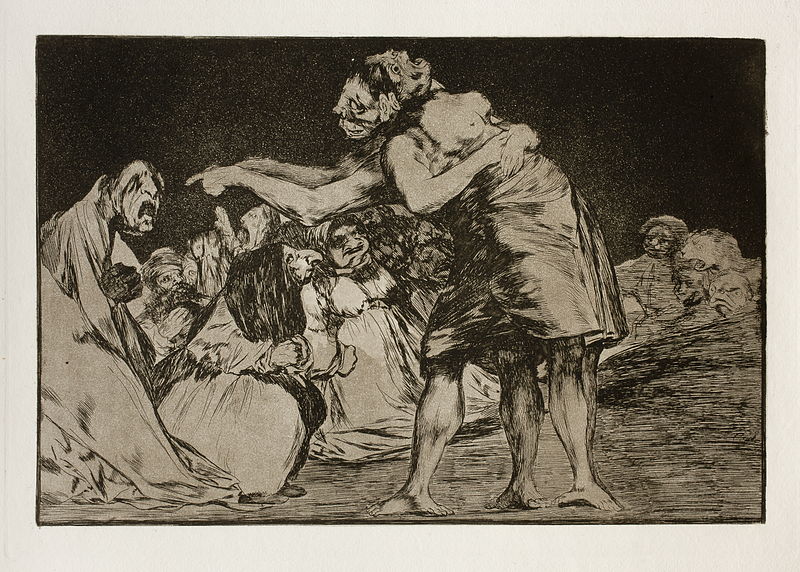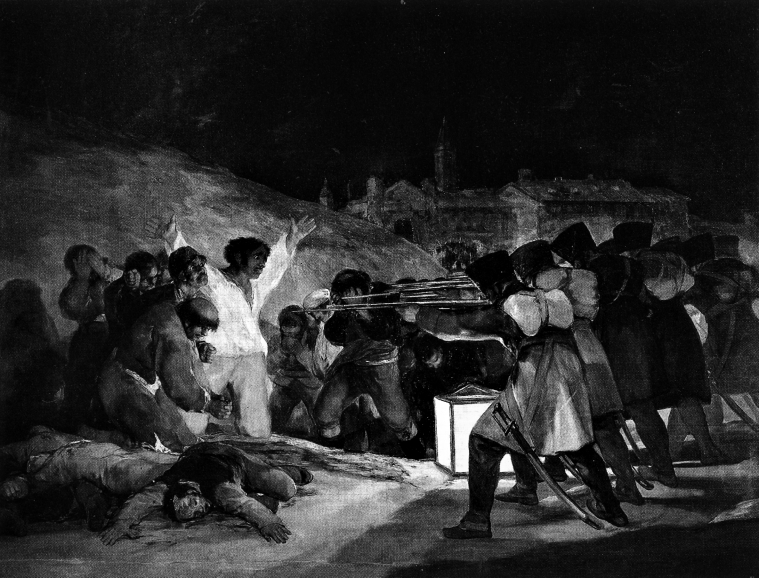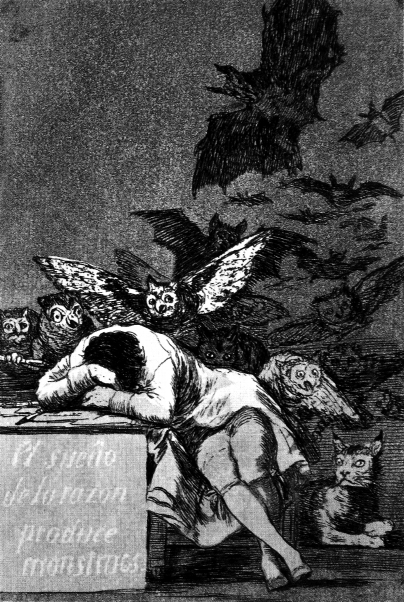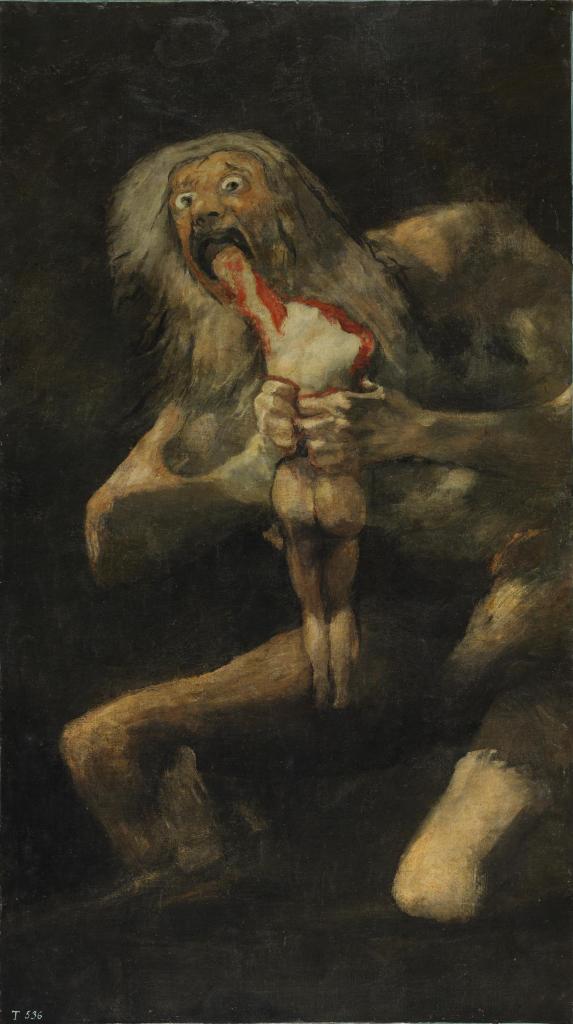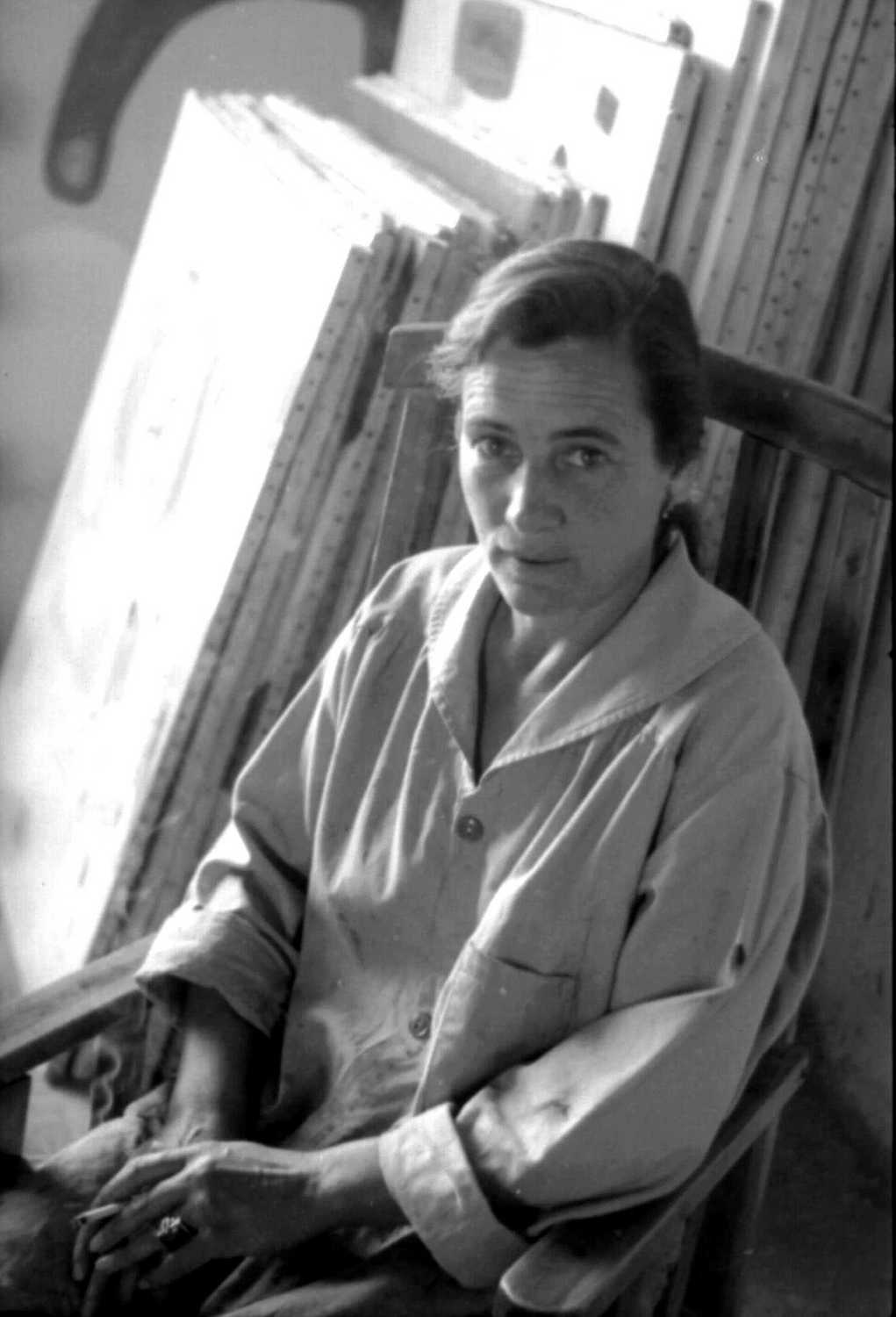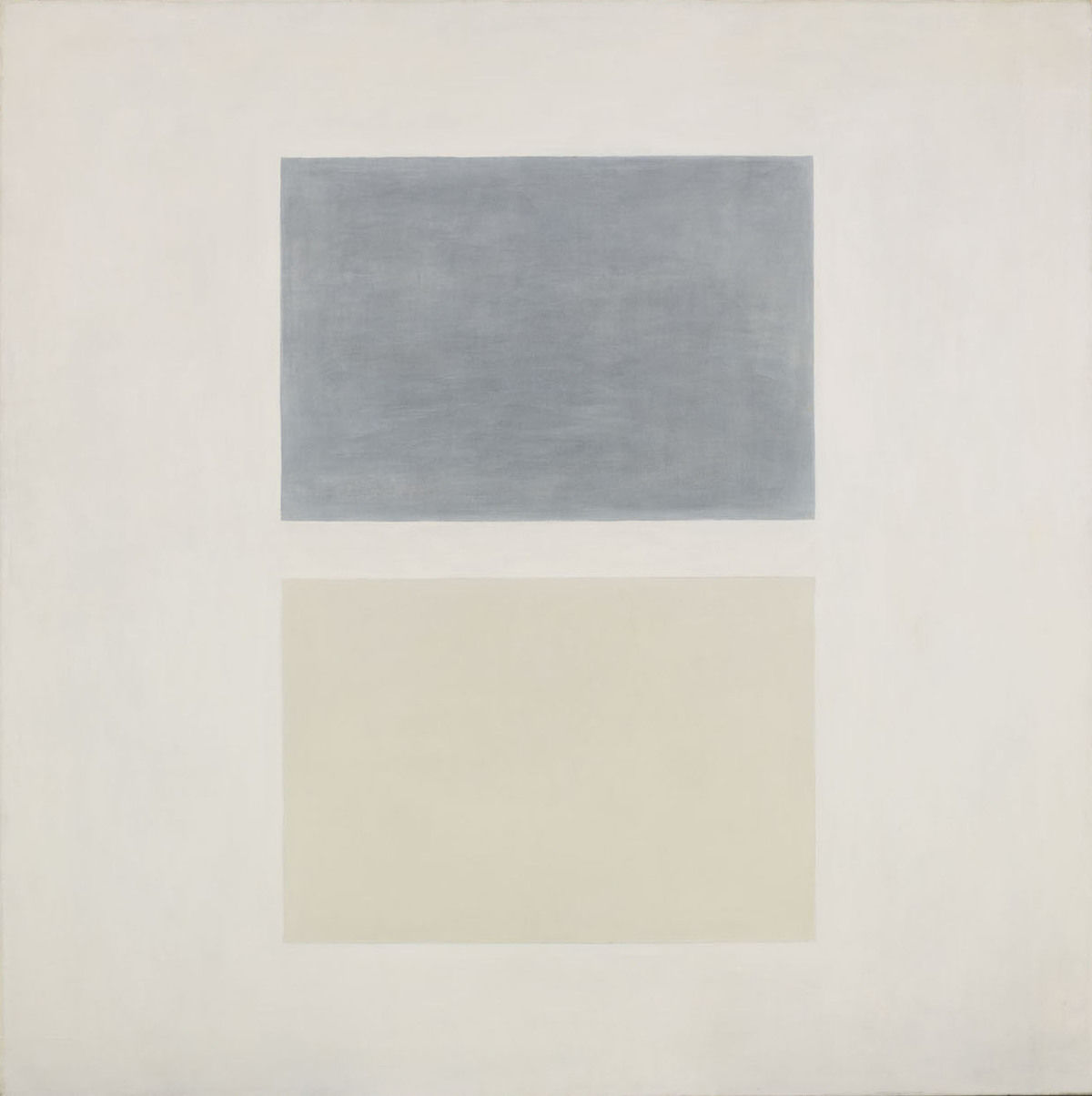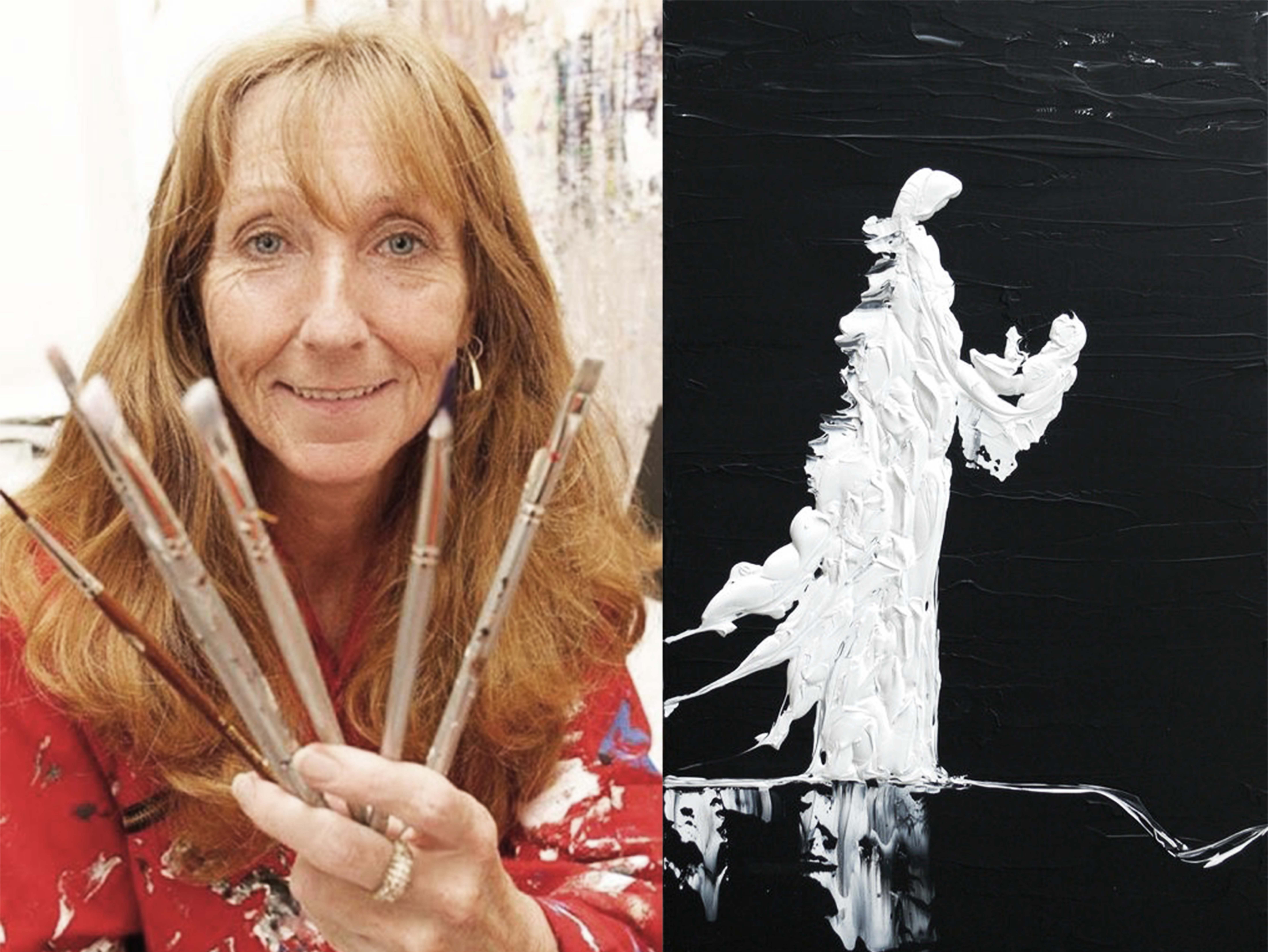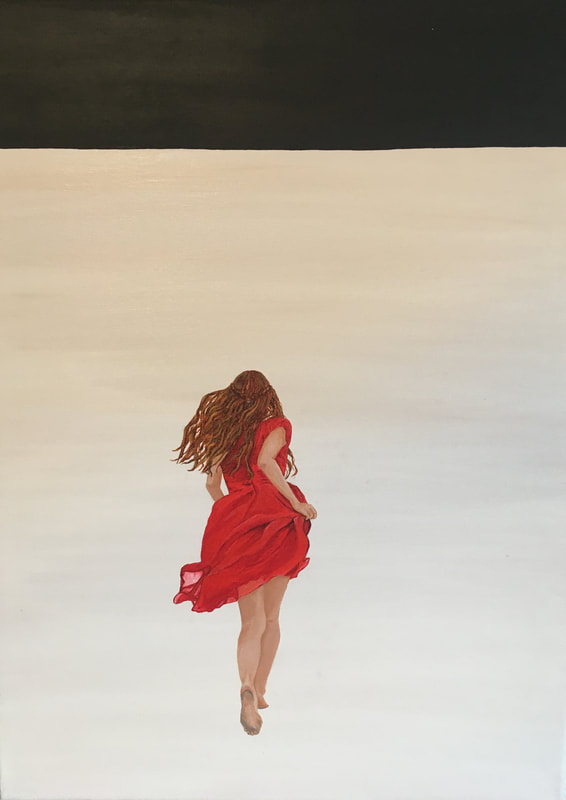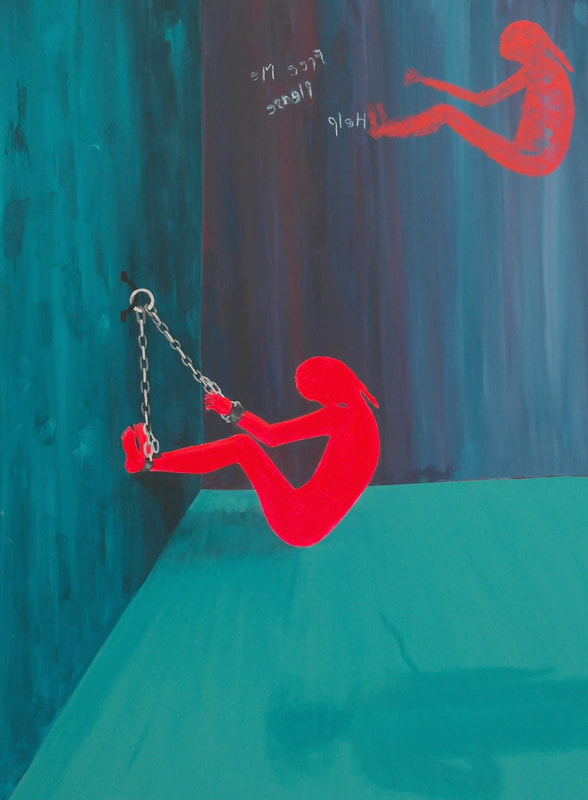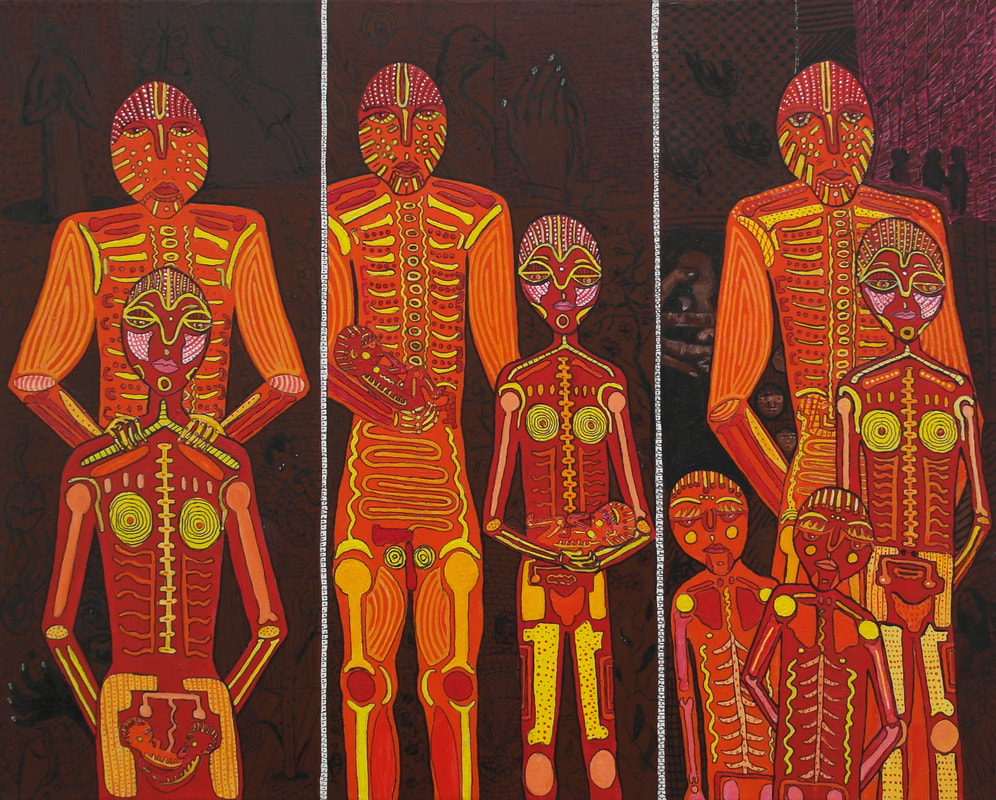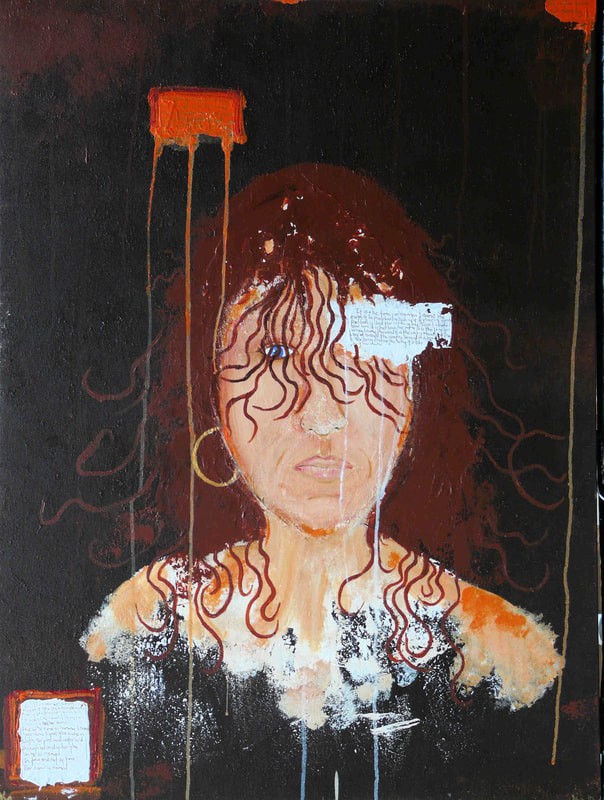The 10th of October is World Mental Health Day. Mental illness affects around 450 million people worldwide. That means that 1 in 4 of us will deal with a mental illness or associated neurological disorder at some point in their lives. You know what’s more surprising according to the World Health Organization? The fact that 75% of the people suffering from mental health issues will never receive adequate care for their condition. Even though Greece has one of the lowest suicide rates in Europe, despite the fact that the country has been feeling the weight of the financial stagnation that followed the crisis of 2009. According to the World Health Organization, more than 40% have not adopted a mental health policy and more than 30% of them don’t have a mental health program, at all. One in four countries worldwide doesn’t have mental health legislation. What is one fourth of the world’s population going to do?
If we can’t help by adopting laws and implementing mental health policies and strategies in our countries, we should at least start talking about what’s going on. Mental health stigma is still very much real and it affects not only the sufferers (self-stigma) but their families and social lives as well (social-stigma). Life is hard for everyone but the mentally ill suffer consequences in all aspects of life. From forced time off work to stigma and lack of accessible treatment mental illness can take a tight grip on someone’s life. Mental Health Day is not meant only for drawing awareness to mental illness on its own. On the contrary, it is an opportunity to shed light on the humans behind the illness and show how will and patience can go a long way in living with mental health issues. This year, in honor of Mental Health Day, we will tell you all about artists that succeeded despite their illness and are now known as some of the pioneers that shaped art as we know it today. This article is not published to show that being an artist means you’re mentally ill but to highlight the efforts and struggles of those who battle with mental illness day to day.
Georgia O’ Keeffe
O’Keeffe is one of the highest-paid women artists in history, known for her abstract style. Her career exploded after her move to New York City in 1918. There she was able to focus on her art with the support of Alfred Stieglitz. Flowers and nature dominate her powerful work. Several of her paintings have been interpreted as morphological depictions of female genitalia. However, O’Keeffe disagreed. Depression and anxiety were life-long issues for her. In 1928 O’Keeffe had a severe depressive episode that followed Stieglitz’s relationship with another woman. She was hospitalized. However, she recovered and continued to work feverishly tshly, producing some of the best work created by abstract artists during the 20th century. Her depression and anxiety showed up as lack of sleep and caused her significant distress. That didn’t stop her though. She wouldn’t have been Georgia O’ Keeffe if she did.
Yannoulis Chalepas
Yes, there is a Greek sculptor in this list! Who would have known that the greatest Greek sculptor of the 19th century was tormented by his inner demons all his life. Chalepas studied at the Athens School of Fine Art and the Academy of Fine Arts in Munich, getting recognition for his work since the beginning. He was 37 when mental illness knocked on his door after a mental breakdown that was triggered by his perfectionistic tendencies, his overworking habits and a refusal of his marriage proposal by the family of his love. The first sign came in the form of destroying his own sculptures. He was admitted in a psychiatric institution in 1888 and was unable to work due to the cruel conditions that were evident in all psychiatric units in Greece at the time. The critical blow to his mental health came when his mother took him back to Tinos and prohibited him from working because she thought that art caused his illness. Yannoulis obeyed. It was only after her death in 1916 that he was able to start working again and produced some of his best work. Yannoulis’ story is almost as impressive as his work.
Francisco Goya y Lucientes
Goya is a legend in art history for his romantic paintings and prints. However, he suffered an undiagnosed neurological illness that left him deaf and suffering from depression, dizzy syndrome and drew him to isolation throughout his life. Even though he reached high social status and was recognised as one of the top portraitists of his time, working for the Spanish Crown even, he couldn’t shake his illness away. His paintings are distinguished in two eras, the one before and the one after his illness. He even produces a series of prints called Los Disparates that referred to the dark political and social climate but, also, portrayed a deeply troubled artist. His Black Paintings that were created between 1819 and 1823 are darker that almost all of his work. Even though Goya was not healthy, he managed to continue working up until his death.
Agnes Martin
Agnes Martin is known in the abstract expressionist fan circles. Her minimalistic paintings never give away the fact that she was diagnosed with schizophrenia. She had several psychotic episodes throughout her life. She didn’t give up though. She took medication and attended talk therapy sessions to manage her illness. In fact, no one knew about her illness except for her close friends and family up until her death in 2004. It was afterwards that the truth about her condition was revealed. Her painting routines might have given her a significant amount of relief. Martin might have suffered but her art certainly did not, as she consistently opposed the idea that her work was somehow related to her mental illness, as pop culture wants it to be. We would have said the same thing if you asked us about the matter. Martin knew what was up before anyone else. And it’s evident in her paintings.
Kim Noble
Kim Noble is a very special artist. Actually, she’s 14 artists trapped in one body. That is what dissociative personality disorder does to you. She is both Ria Pratt and Suzy. Kevin, Abi and Dawn. She might have the most interesting story out of all artists we share today, simply because her work has not one style but the styles of all her 14 personalities. There are some common elements to them though. Simplicity, minimalism and colour seem to be their bread and butter. Some paintings remind us of aboriginal art and some are on the other end of the spectrum, very in tune with the contemporary art themes. Seeing the work of someone with DID is interesting and eye opening to the reality of the people that are rarely heard when they speak.
Art and mental illness don’t go hand in hand as a lot of us believe nor does being creative mean that you will get a mental health condition at any point in your life. If you’re creative and you get a mental illness, you are kind of lucky. You can at least look at your illness, well, creatively. Sharing all these stories wasn’t meant to make you depressed. It was meant to give you a sense of hope over the fact that mental health challenges are an indispensable part of life. Even if you don’t have one, someone you love probably has one. Trying to fit artists in the “tortured artist” box doesn’t do them justice. Not only because mental illness is not as romantic as a lot of films and books show it to be, but, also, because you can’t produce art if you’re sick. Sick art is the product of a functioning individual and until we change our collective narrative around mental illness, we’ll have less of it.

